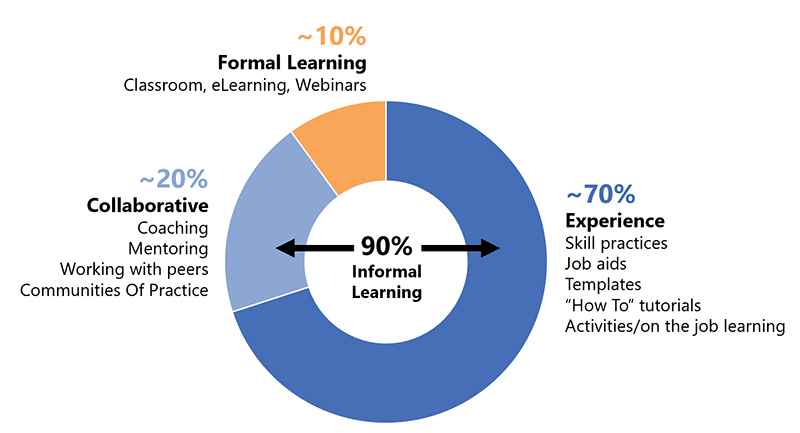The Self-Directed Learning Engine™ (SDLE)
Make your competency model actionable and scalable
To be actionable, your model must be accessible and assessable. That means getting it off the PowerPoint, out of the spreadsheets and into your employees’ hands. Quickly. Easily. Elegantly. Our competency assessment and development system, the SDLE, facilitates scale so you can do this for thousands of employees, working at their own pace, over and over as skills change and corporate strategy changes.



























